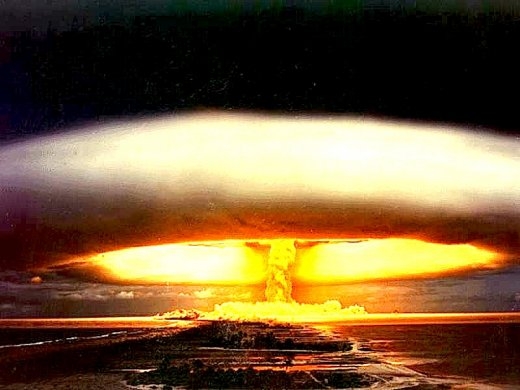
WIKIPEDIA: On Monday[10], August 6, 1945, the nuclear weapon Little Boy was dropped on Hiroshima by the crew of the American B-29 bomber Enola Gay, directly killing an estimated 80,000 people. By the end of the year, injury and radiation brought total casualties to 90,000-140,000.[11] Approximately 69% of the city’s buildings were completely destroyed, and 6.6% severely damaged. Research about the effects of the attack was restricted under Allied occupation, and information censored until the signing of the San Francisco Peace Treaty in 1951, restoring control to the Japanese.[12] Hiroshima was rebuilt after the war, with the help from the national government through the Hiroshima Peace Memorial City Construction Law passed in 1949. It provided financial assistance for reconstruction, along with land donated that was previously owned by the national government and used for military purposes.[15] In 1949, a design was selected for the Hiroshima Peace Memorial Park. Hiroshima Prefectural Industrial Promotion Hall, the closest surviving building to the location of the bomb’s detonation, was designated the Genbaku Dome (?????) or “Atomic Dome,” a part of the Hiroshima Peace Memorial Park. The Hiroshima Peace Memorial Museum was opened in 1955 in the Peace Park.[16]
